Top 10 Most Haunted and Ghost Destinations In China
 How to Access The Blocked Websites in China With Simpliest Ways How to Access The Blocked Websites in China With Simpliest Ways |
 Top 10 Least-Visisted Places in China Makes You Surprised Top 10 Least-Visisted Places in China Makes You Surprised |
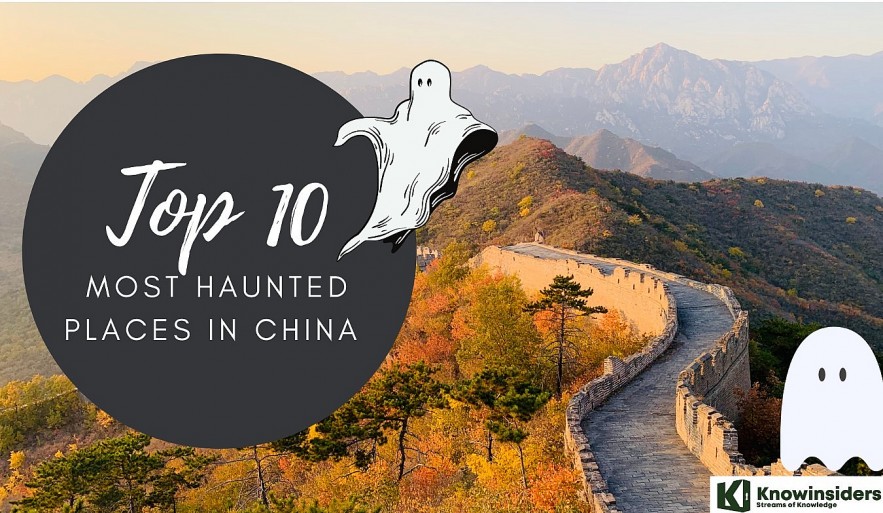 |
| Top 10 Most Haunted Places In China |
| Contents |
Numerous legends from various periods in China's history can be found thanks to the nation's rich historical and cultural heritage. This country has had one of the biggest empires in world history, as history demonstrates. Many stories and pieces of folklore passed down from Chinese generation to generation center on lore about haunted locations.
China has a history of more than 5,000 years, so there are sure to be some ghosts lurking in the crevices. From the cunning of eunuchs in Beijing to abandoned mansions in Shanghai, China is rife with the possibility of unsettling encounters. Be brave and get ready to be haunted by myths and stories about the strange and supernatural in China.
What are the most haunted and ghost places in China?
(Compiled and introduced by KnowInsiders)
10. Fengdu Ghost City, Chongqing
HIGH ON THE MING HILL, Fengdu, the “City of Ghosts,” is situated at the northern end of the Yangtze River.
Since it is the place to learn about Chinese ghost culture and the afterlife, it draws tourists from all over the world as well as a significant number of Chinese citizens. Visitors to the region are moved by the skilled artisans from long ago, the distinctive architectural designs, and the persistent lesson that good deeds are rewarded with good and evil with evil.
The city has a haunting sense of the past because it has been around for almost 2,000 years. Its history dates back to the Han Dynasty (206 BCE–220 CE), when two officials made the decision to flee to the region and live out their lives there, where, according to legend, they eventually attained immortality. In a later dynasty, the names of the officials, Yin and Wang, were combined to mean "King of the Underworld."
The majority of the City of Ghosts' well-known landmarks have names that allude to death, such as "Last Glance at Home Tower," "Nothing-to-be-Done Bridge," and "Ghost Torturing Pass." The sites are covered in statues and other works of art that depict ghosts and devils; these grotesque images represent what happens to people who don't live good lives after theirs is taken from them. The theme park/haunted house built to represent the horrors of the afterlife is less well-known but no less fascinating; it features neon paint and vendors selling Scream masks next to an alleyway.
The enormous face visible in the hill is known as "The Ghost King," and it is the largest sculpture ever carved into a rock according to Guinness World Records. "The Ghost King" is a tower that towers over the city at 138 meters high and about 217 meters wide.
9. The Forbidden City, Beijing
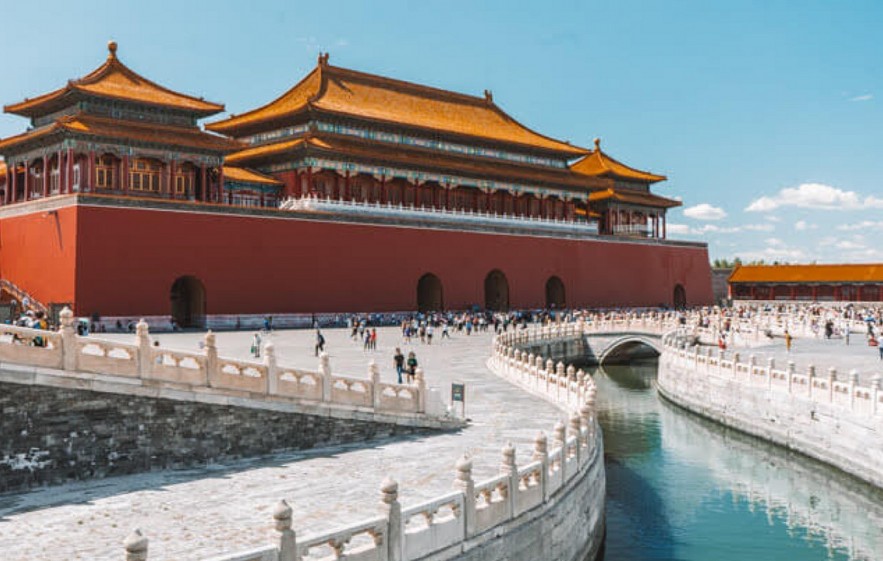 |
| Forbidden City, Beijing |
The Forbidden City is a collection of palaces located in the Imperial City of Beijing's Dongcheng District in Beijing, China. Numerous lavish imperial parks and temples, including the sacrificial Imperial Ancestral Temple, the 69-hectare (171-acre) Beihai Park, the 23-hectare (57-acre) Jingshan Park, and the 22-hectare (54-acre) Zhongshan Park, surround it.
The Forbidden City was built between 1406 and 1420, and between the Ming dynasty (since the Yongle Emperor) and the end of the Qing dynasty, between 1420 and 1924, it served as the former Chinese imperial palace and the winter residence of the Emperor of China. For more than 500 years, the Forbidden City housed Chinese emperors and their families and served as the political and ceremonial hub of the Chinese government. The Palace Museum, whose sizable collection of artwork and artifacts was built upon the imperial collections of the Ming and Qing dynasties, has been in charge of the Forbidden City since 1925. In 1987, the Forbidden City was named a World Heritage Site.
In essence, the Forbidden Palace is what its name implies. For more than 600 years, the city served as the capital of the most powerful Chinese dynasty. According to history, there were countless murders committed in this palace by slaves and servants who wanted to advance in rank. People have mentioned hearing music playing when there was no sign of anyone else nearby, as well as seeing women running around the site at night. One of the most intriguing things that has happened here is when one of the guards saw a woman without a face. It is one of the most visited places in China.
8. Qiu Mansion, Shanghai
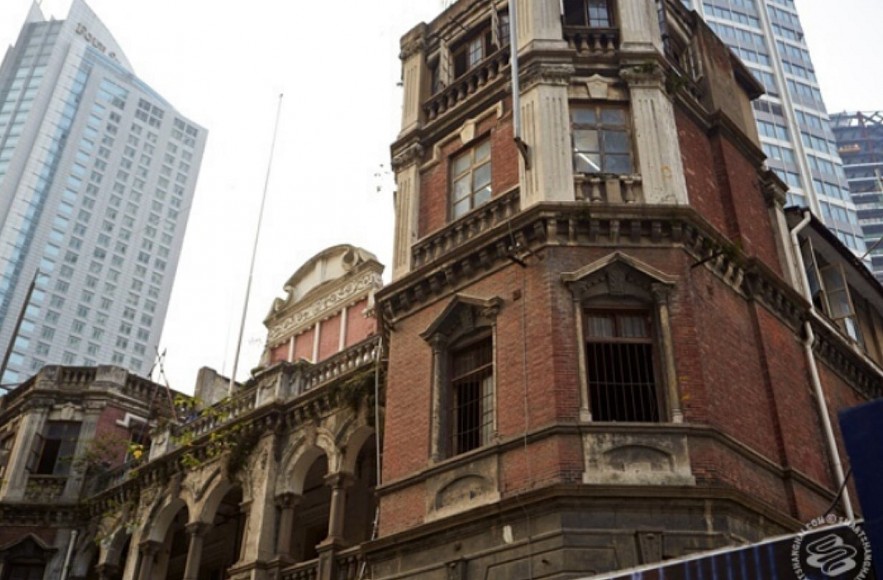 |
| Qiu Mansion, Shanghai |
One of two once-grand estates owned by two brothers who relocated to Shanghai in search of a better life. After World War II, they located one when they came across a warehouse full of paint cans. The brothers became overnight millionaires as a result of the sharp increase in the price of paint. And did the brothers behave properly with their money? In no way.
They purchased numerous exotic animals, including peacocks (poor peacocks), tigers, and crocodiles. The Qiu brothers enjoyed a luxurious lifestyle before disappearing without a trace and leaving no heir. The Western block was destroyed in the 1980s, long after they had left, leaving only the Eastern block. Before opening as Cha Gong Guan in May 2019, the remaining block underwent nine years of restoration.
The unfortunate animals' ghosts, however, had other plans. Many employees claimed to have been bitten by imaginary animals, forcing them to be rushed to the hospital. No living creature was ever discovered on the property, but a woman saw what appeared to be a dragon-like creature on a building crane. Another employee, who claimed that a "lizard-like creature" forced him to kill his boss, attempted to do so with a hammer.
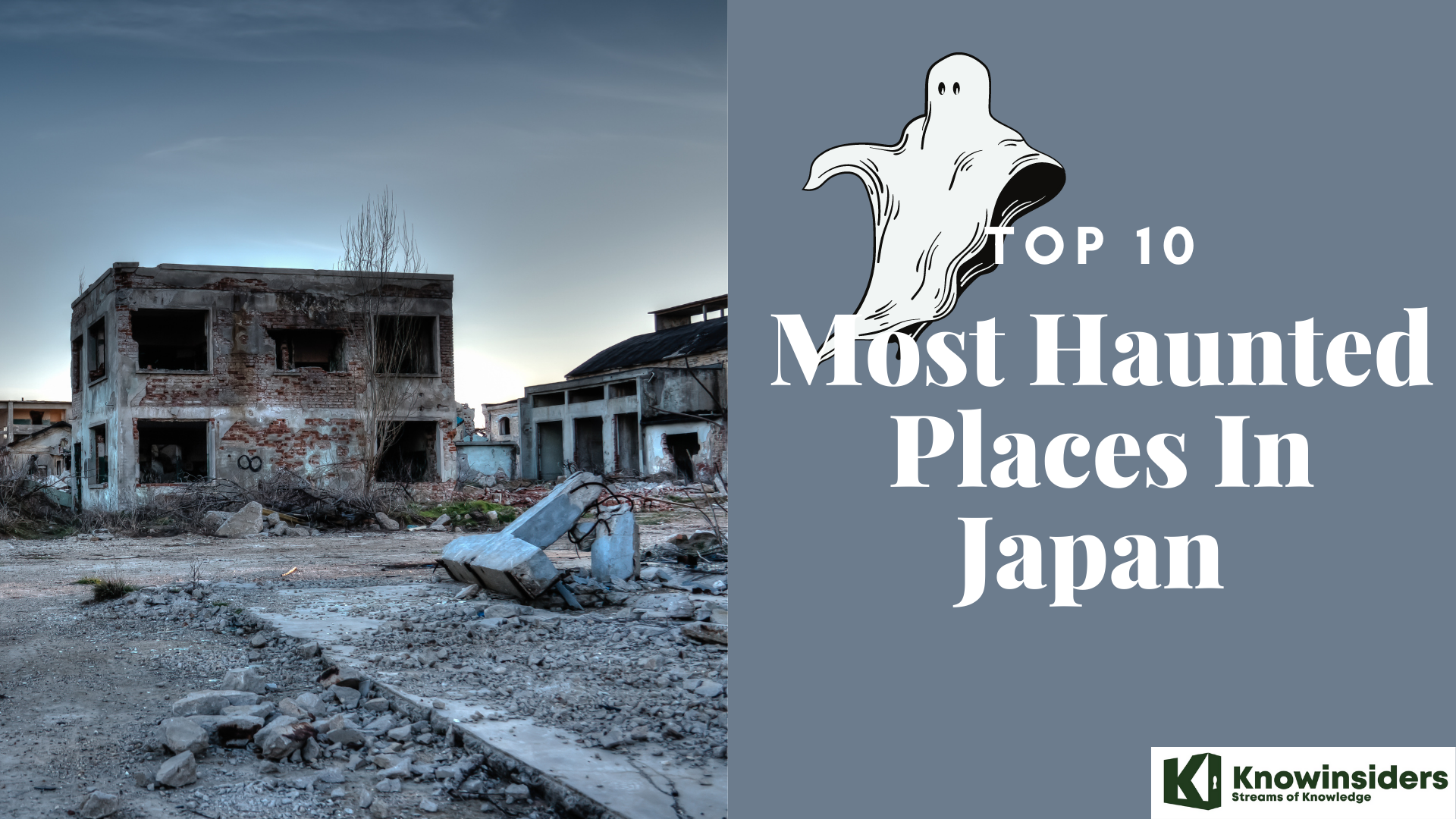 Top 10 Most Haunted Places in Japan Top 10 Most Haunted Places in Japan If you are looking for the best haunted stories to tell, Japan is the right place. Take a look at these terrifying and scary places ... |
7. Huguang Hhuiguan Opera House, Beijing
Huguang Guild Hall, now known as the Beijing Opera Museum, was the most alluring and well-known location for this art form thanks to performances by famous Beijing Opera virtuosos like Tan Xinpei, Yan Yushu, and Meilan Fang. Come here to experience the quintessential Beijing Opera repertoire while sipping the quintessential Chinese tea in a setting that is rife with cultural influences.
The museum is housed within the Beijing Huguang Hui Guan, which is a type of meeting place for businesspeople and refers to three Chinese provinces. Huguang Huiguan was originally constructed in 1807 during the Jia Qing Emperor to serve as the location for the gathering and residence place for businessmen and government-hosted test takers from Hunan and Hubei provinces. It is currently situated at Hufang Qiao, Xuanwu District.
Since its founding, Huiguan has been a magnet for talents and geniuses due to its deeply ingrained historical and cultural atmosphere and strong Beijing Opera tradition.
The facility's well-known ghost story originated from the idea that it was constructed over a graveyard. Despite not seeing anyone, visitors have reported hearing shouting. Additionally, if you throw a stone in the courtyard, rumor has it that you will hear someone reprimand you even if no one else is present. Never has anyone attempted to ascertain what happens if you throw a second stone. The structure is now used as a venue for musical performances.
6. Tuen Mun Road, Hong Kong
Hong Kong's Tuen Mun Road is a heavily traveled thoroughfare. They connect Tsuen Wan and Tuen Mun. According to local folklore, it is inhabited by the ghosts of people who have died while passing through it. It's one of the most spooky roads in the entire world.
It is 12.1 miles (19.4 km) long. It has asphalt. While Britain still controlled Hong Kong, it was constructed in 1977. Folklore in the area claims that the ghosts cause cars to veer out of control when they appear in the middle of the road. According to legend, the ghosts of past collisions sometimes appear in the middle of the road, causing drivers to swerve to avoid them, which leads to more collisions. In the previous 35 years, there have been hundreds of collisions here.
There have been numerous fatal accidents since 1978, numbering in the hundreds. Others claim to have seen spectral figures that divert drivers, while some fatalities have been attributed to poor road design. This is one of the country's oldest highways, and many accidents are caused by the use of subpar materials during construction and the area's geography, which required the creation of narrow lanes. In a bus accident in 2003, 21 people perished. Some claim that their ghosts are still roaming the area.
5. Songpo Library , Beijing
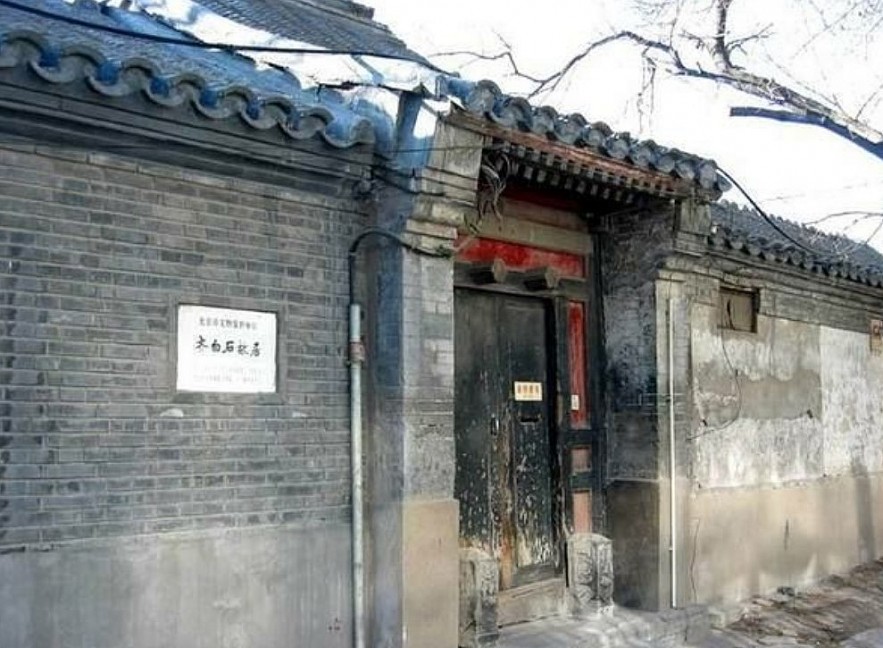 |
| Songpo Library , Beijing |
Music Library.The Songpo Library, located in Shihu Hutong No. 7 in the Xicheng district, is significant in Chinese history because Wu Sangui lived there. Wu Sangui was a general who defected from the Ming Empire after falling in love with Chen Yuanyuan, a charming courtesan, proving the adage "a beauty can ruin a country."
However, after Wu Sangui accepted a lucrative position in the Qing court, the girl soon became depressed and committed suicide by hanging herself. And the girl has been circling the hutong for the last 100 years.
4. Tomb Of General Yuan, Beijing
Do you think that ghosts exist? Whether you want to believe it or not, Beijing has some eerie locations that are rumored to be haunted and taunted by ghosts from the past. It is understandable that terrifying ghosts from past regimes still prowl the hutongs, holy sites, cemeteries, and imperial land in a city with a long history.
For his military leadership during the Ming Dynasty, General Yuan Chonghuan is renowned for almost single-handedly repelling the Manchu army in the 1630s. Despite the general's devoted efforts to defend the country and the Imperial family, cunning plans were planted in the emperor's ear to make him suspicious of Yuan. As a result, the emperor sentenced Yuan to death by a thousand cuts, tragically ending the general's life. Before his execution, Yuan allegedly said that his soul would always watch over Liaodong Peninsula. Because of his alleged disloyalty, the people of Beijing allegedly tortured and dismembered him before rushing to purchase and consume his remains. However, a devoted troop of Yuan recovered his head, buried it at Guanchu Men, and his family has protected it ever since. The general is said to have been seen wandering the area at night, whether he is looking for retribution or just keeping his word and guarding the territory.
 Top 10 Most Haunted Hotels in the US Top 10 Most Haunted Hotels in the US Halloween is around the corner? Are you looking for some places to experience the authentic feeling of Halloween? Right below is a list of the ... |
3. Sai Ying Pun Community Complex , Hong Kong
This complex, which is affectionately known as the High Street Haunted House, is composed of a modern high-rise imposed on Victorian remnants. During the Japanese Occupation, the arched verandah and grey stone facade, both historic buildings constructed around 1892, were parts of a nurses' dormitory, a mental hospital, and an execution room. During the 20 years the building was vacant, tales of men catching fire, women weeping, and spirits with severed heads circulated. Only the foyer is accessible to the public and is now home to opulent apartments.
This location is reputed to be among the city's most terrifying locations. In 1892, it was constructed as housing for European nursing staff. Its bloody past is well known because Japanese soldiers were allegedly executed there during World War II. It served as a psychiatric facility after the war but was shut down in the 1970s after two fires. There have been reports of ghost sightings ever since these incidents. The appearance of a man wandering the building dressed in traditional Chinese attire is one of the creepiest sightings.
2. Fengdu , Chongqing Municipality
On the Ming mountain in Fengdu County, Chongqing municipality, China, is a sizable complex of shrines, temples, and monasteries devoted to the afterlife known as Fengdu Ghost City. It is located on the north bank of the Yangtze River about 170 km (110 mi) downstream of Chongqing.
Buildings, structures, dioramas, and statues depicting Diyu and Naraka—ideas from Chinese mythology and Buddhism that stand for the afterlife or hell—can be found throughout the city. It is designed to resemble Youdu, the seat of government for Diyu.
The city of Fengdu, which was rebuilt further up the mountainside on the south side of the river, was cut off from it after the construction of the Three Gorges Dam and the rise in the river's water level.
Fengdu Ghost City has developed into a popular tourist destination in recent years. Tourists are taken in vehicles halfway up the mountain by cruise ships that stop at the docks on their way up or down the river. The complex is accessible from there via an outdoor escalator, or the visitor can ascend the stairs.
According to legends, the site has a history that dates back almost two thousand years. It incorporates Buddhist, Taoist, and Confucianist beliefs and focuses on the afterlife. Numerous classic works of Chinese literature, including Journey to the West, Investiture of the Gods, and Strange Stories from a Chinese Studio, make reference to it.
Legend has it that two imperial officials, Yin Changsheng and Wang Fangping, visited Ming Mountain to practice Taoism, and as a result became immortals, giving Fengdu the name Ghost City during the Eastern Han dynasty. The site's emphasis on the underworld began because the combination of their names, Yinwang, means "King of Hell". A lot of the temples and shrines display sculptures and paintings of people suffering punishment for their sins.
Chinese cosmology holds that three tests must be passed before the dead can enter the afterlife. The "Bridge of Helplessness" must first be crossed. The Ming dynasty constructed this stone bridge as a test of Good and Evil. Only the middle of its three arches is used to test subjects. Depending on your sex, age, and marital status, there are different rules for crossing the bridge. Demons at the bridge either permit or prohibit passage. The evil is pushed to the water below while the good are allowed to pass. Currently, this is done as a tourist attraction, and performers dressed as demons temporarily bar tourists from crossing the bridge before letting them do so.
The dead must then travel to Ghost-Torturing Pass where they must appear before Yanluo Wang for judgment. The second test is this one. There are large demon sculptures in this area.
The third test is conducted outside Tianzi Palace, and it requires the deceased to stand for three minutes on one foot on a specific stone. A virtuous person will allegedly be able to accomplish it, while an evil person will fail and be sent to hell.
The oldest and largest structure is Tianzi Palace, which dates back 300 years.
1. The Great Wall Of China
Northern China is home to the more than 13,000-mile-long Great Wall of China, an ancient network of walls and fortifications. The Great Wall was initially envisioned by Emperor Qin Shi Huang in the third century B.C. as a means of preventing incursions from barbarian nomads. It is now arguably the most recognizable symbol of China and its long and vivid history. The Great Wall's most well-known and well-preserved section was constructed from the 14th to the 17th centuries A.D., during the reign of the Ming dynasty. Even though the Great Wall was never able to completely keep invaders out of China, it nonetheless developed into a potent representation of the resilience of Chinese civilization.
Although the Great Wall of China's construction began in the fifth century B.C., many of its fortifications actually date back hundreds of years earlier, to the so-called Warring States Period, when China was split up into numerous independent kingdoms.
Early fortifications between states were torn down and several existing walls along the northern border were to be joined into a single system that would extend for more than 10,000 li (a li is approximately one-third of a mile) and defend China against attacks from the north. This was ordered by Qin Shi Huang, the first emperor of a unified China under the Qin Dynasty, around 220 B.C.
The 10,000-Long Wall, also known as the "Wan Li Chang Cheng," was one of the most ambitious construction projects ever attempted by any civilization. The project was reportedly first overseen by the renowned Chinese general Meng Tian, who employed a sizable army of soldiers, prisoners, and commoners.
The wall, which was mostly made of stone and earth, extended over 3,000 miles to the west into the province of Gansu from the China Sea port of Shanhaiguan. The Badaling stretch, north of Beijing, which was later restored during the Ming Dynasty, was one of the strategically important locations where sections of the wall overlapped for maximum security.
The Great Wall had a base height of 15 to 50 feet, rose 15 to 30 feet in height, was topped by ramparts 12 feet or higher, and was peppered with guard towers at regular intervals.
This location is well-known for its paranormal activity tales in addition to being one of the Seven Wonders of the World and having pricey restaurants. Its construction began in the 7th century BC, and it is about 13,170 miles long. It is estimated that between one and two million people perished while building this wall. The ghosts of the workers who died there are thought to haunt the wall. People have reported hearing marching footsteps inside the wall as well as seeing ghosts along the wall. But it is one of the most popular tourist destinations in China.
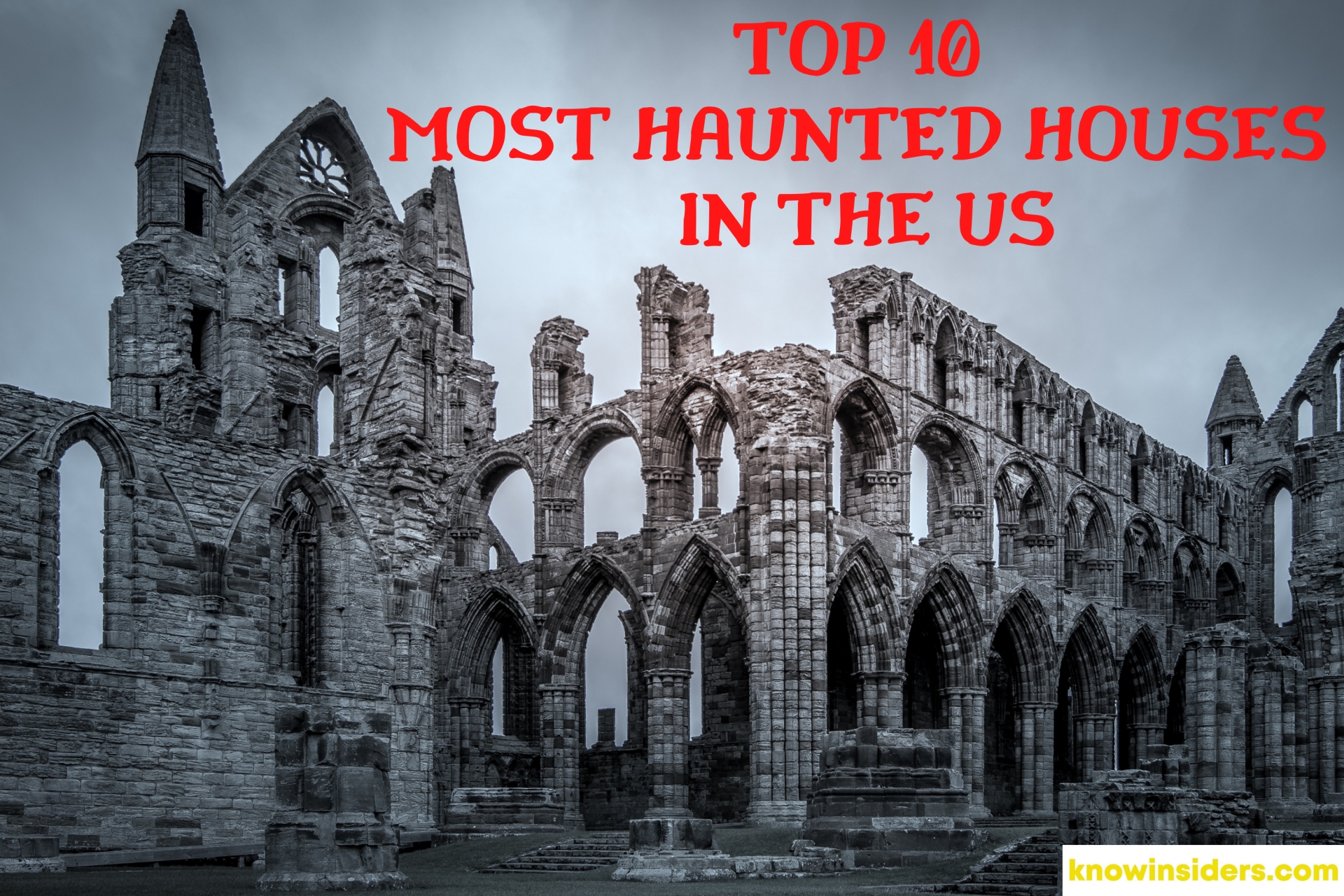 Top 10 Most Haunted Houses In The United States Top 10 Most Haunted Houses In The United States Are you curious to know what houses are the most haunted in the US? Travel and Leisure has suggested a list of top 10 most ... |
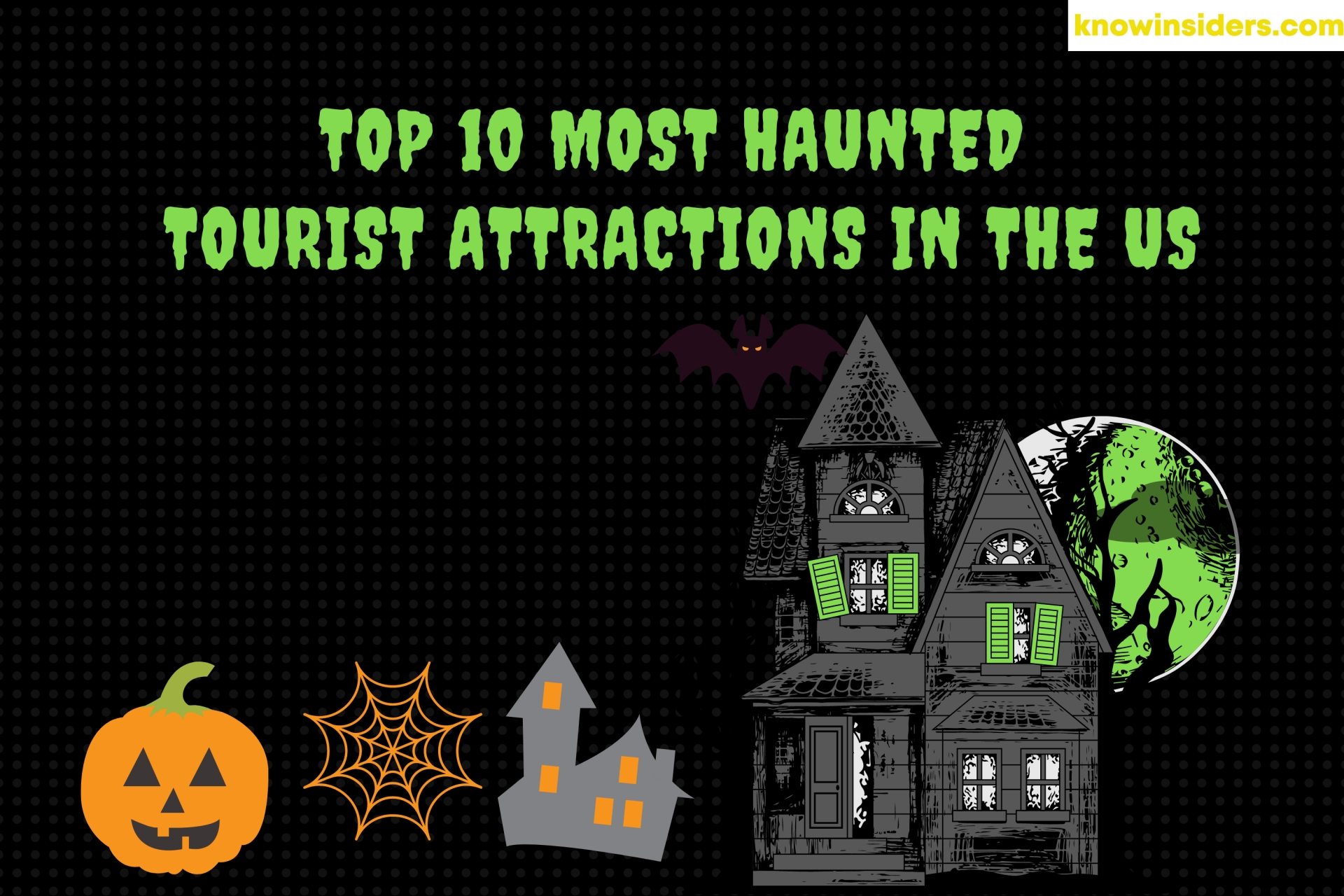 Top 10 Most Haunted Tourist Attractions In The United States Top 10 Most Haunted Tourist Attractions In The United States What about spending your vacation in an inn that was once a mortuary? This Halloween season, add a few supernatural spots to your travel bucket ... |


























